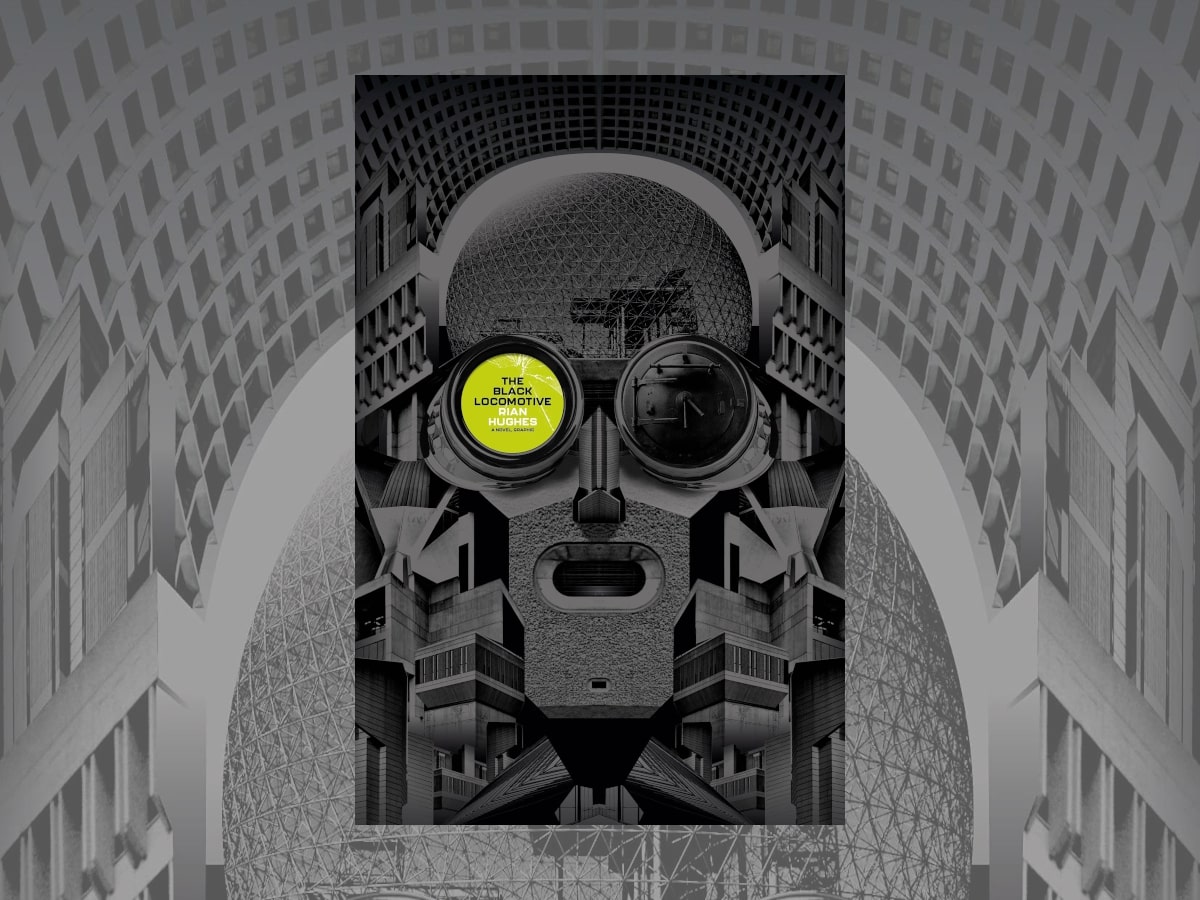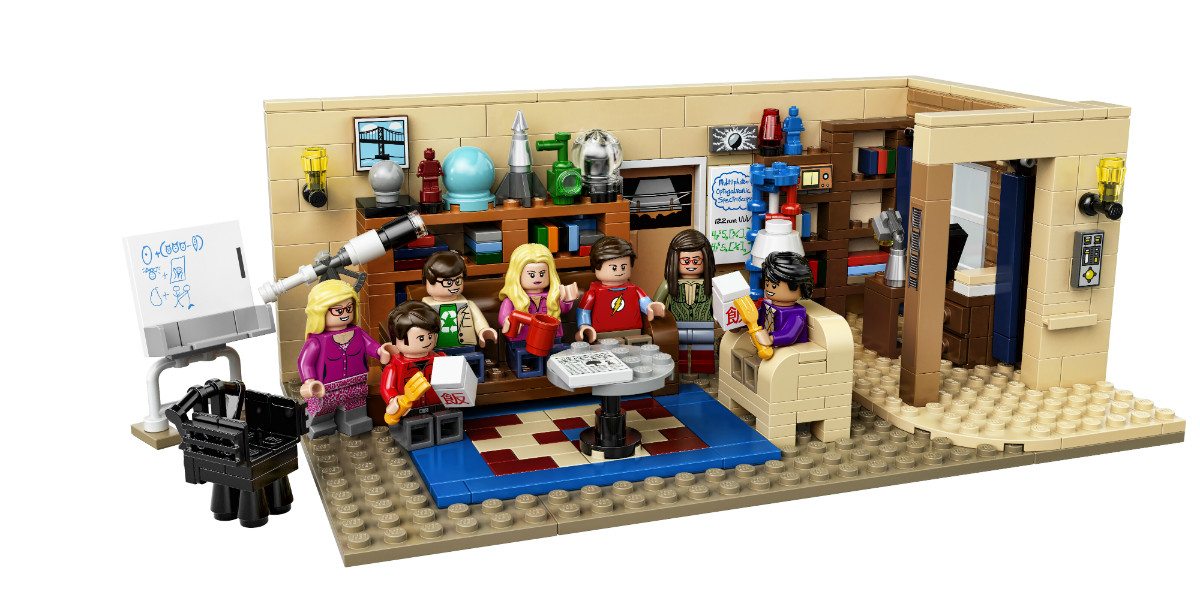Last year, I reviewed Rian Hughes’ XX; a behemoth of a novel that bound great writing, graphic design, and a fountain of fonts, into a wonderful epic whole. This year, Hughes is back with The Black Locomotive. A more slender novel, but no-less genre-bending. Once again, the reader is treated to great art, great story, and yet more fonts. If all that wasn’t geeky enough, the novel comes with added steam trains!
What Is The Black Locomotive?
Rian Hughes’s books sit somewhere between literature and art. There is an exciting sci-fi thriller narrative here, interspersed with technical drawings and photographs of urban landscapes. The novel works as both a story with a beginning, middle, and end, but also as an ode to progress. A love letter to London; old and new.
The novel opens on the site of the Crossrail tunnel extension under London, specifically, under Buckingham Palace. For GeeKDad’s non-UK, non-London-area, residents, Crossrail is a long-in-the-planning and long-in-the-building expansion to the capital’s rail network. Eventually, it should massively speed up travel between the east and west of the city. When opened it will be called the Elizabeth line, so it is perhaps fitting that a large part of this tale takes place beneath the royal residence.
The tale is told from the perspective of various members of the team involved in digging the tunnel, particularly the section under the palace. It predominantly focuses on the account of Austin Arnold, the site manager, and Lloyd Rutherford, the project’s resident artist. Rutherford has high-level security clearance but nobody seems to know very much about him. From these two we glean an understanding of life inside a major urban construction project. The narrative alternates between the two, whilst also throwing in accounts from other members of the team, including Georgia Ash, a tough woman who has made it to the top of a very male-dominated profession.
As the novel opens, work on the tunnel has halted due to the discovery of an anomaly. Anomaly 36, is not like any of the other anomalies discovered. It’s not a Roman ruin or a burial ground, but a cavernous structure, hidden deep below the ground. A structure that predates the foundation of the city and one that seems to have a door and a keyhole. Alongside all of this, is the secret Smokebox Club, a long-running, clandestine organization of rail enthusiasts. It’s deliciously geeky and allows Hughes to let his graphic design skill loose on the covers of the fan club magazine.

Why Read The Black Locomotive?
I’d definitely recommend The Black Locomotive. Probably ahead of the excellent XX. Both novels share the same DNA. Both are great books but the 350 or so pages of The Black Locomotive are definitely less daunting than the wrist-snapping 900 of XX.
Both novels weave a wonderful blend of the mundane and the fantastic. Hughes embeds his novels in the fabric of our towns and cities (literally, in this case); they’re rooted in the infrastructure that runs our lives. Over the top of this infrastructure, he assembles intriguing and entertaining science fiction stories. This time he even manages to bring in an ode to the age of steam. If you like sci-fi or steam trains, you have to read The Black Locomotive; if you like both, what are you still doing here, reading this? Go find the book!
If that wasn’t enough, font-geeks can get in on the fun too. Each different character’s point of view has its own font. And for data geeks, the appendices at the back not only have all those fonts tabulated, but they also have the entire novel broken down into its constituent data. Novel analysis tables include word frequency and “inorganic structural components.” It’s a fascinating way to break down a work of art. Much like a city, it shows how a novel can be broken down into discrete components, with the sum of the whole being much greater than the building blocks from which it is created.

The Black Locomotive will change the way you look at cities, particularly if you know London at all. It is both innovative and soaked in history. It’s a celebration of urban spaces, that also does not overlook their frailties and failures. At the same time, whilst being concerned with structure and design, it is also a very human novel. All of The Black Locomotive’s narrators are well-realised. They have a passion for engineering, for concrete and steel, but they’re not just puppets used to tell a story. Their passion for the other side of London is beautifully drawn and their love feels as strong as any romance.
The Black Locomotive, again, marks Rian Hughes as a writer of considerable talent. The novel alone would be a fine thing, even without its multimedia overlays. With them, it’s nothing short of genius.
If you’d like to pick up a copy of The Black Locomotive, you can do so here, in the US, and here, in the UK.
If you enjoyed this post, check out my other book reviews, here.

Disclosure: I received a copy of this book in order to write this review.




